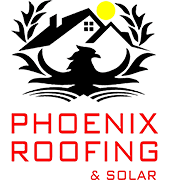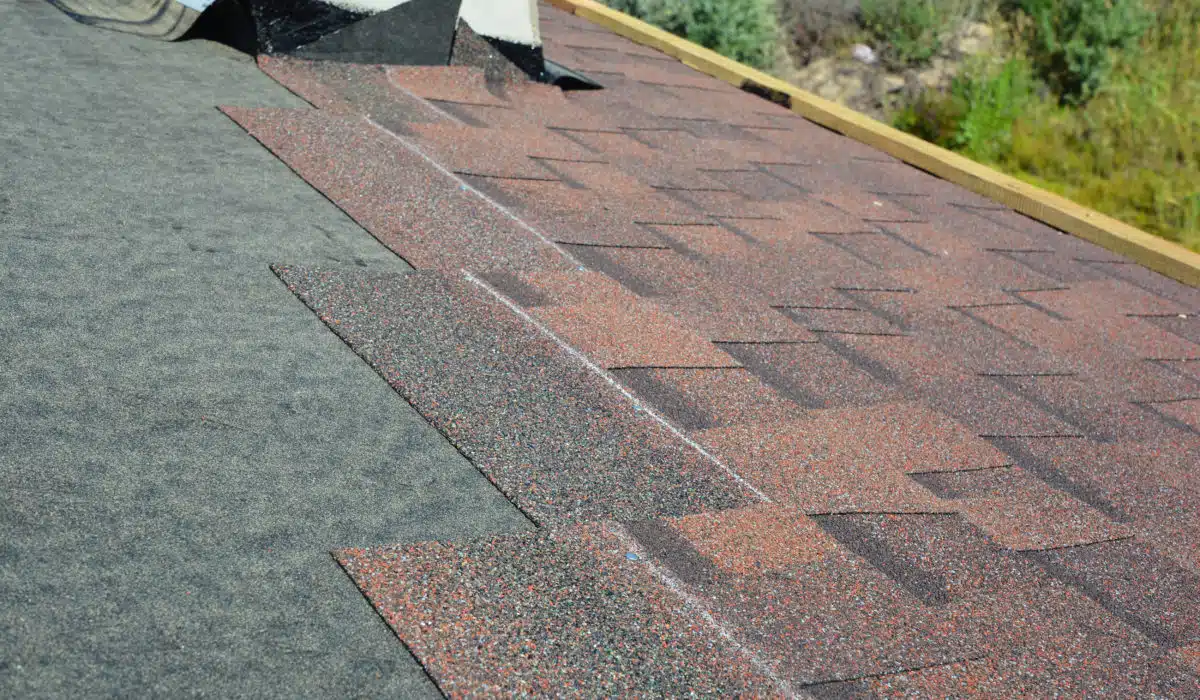- 0 Comment
Embracing Innovation: How Recent Advances in Roofing Technology Can Save Homeowners Money
The roofing industry has seen a dramatic transformation over the past three decades. With advancements in materials science and building technology, today’s roofing solutions offer significantly enhanced durability, energy efficiency, and cost-effectiveness compared to the options available 30 years ago. Let’s explore some of these innovative changes and how they can save homeowners money.
Enhanced Materials and Design
One of the most significant changes in roofing materials over the last 30 years is the improvement in both the quality and variety of products available. In the past, asphalt shingles dominated the market, offering a lifespan of 15-20 years. Today, these have been vastly improved through technological enhancements. Modern asphalt shingles are often reinforced with fiberglass, which increases their durability and lifespan to 30 years or more.
Additionally, there are now more options available that cater to different climatic conditions and aesthetic preferences. For instance, metal roofs, once primarily used on commercial buildings, are now designed for residential use with styles that mimic traditional shingles, clay tiles, or even wood shakes. Beyond their visual appeal, metal roofs are highly durable, with lifespans of up to 50 years, and they reflect solar radiant heat, which can reduce cooling costs by 10-25%.
Energy Efficiency through Innovation
Energy efficiency has become a cornerstone of new roofing technologies. Innovations such as “cool roofing” materials have been designed to reflect more sunlight and absorb less heat than traditional shingles. Made from a variety of materials including asphalt, metal, tile, and even special reflective coatings, cool roofs can significantly decrease the need for air conditioning, leading to energy savings during the hot months.
Solar roofing is another groundbreaking advancement. Modern solar roofs aren’t just panels mounted on top of existing shingles; companies like Tesla have developed integrated solar roofing tiles that are nearly indistinguishable from traditional roofing materials. These tiles allow homeowners to generate their own electricity, potentially reducing their utility bills substantially and providing long-term savings.
Installation Techniques and Integrated Systems
The methods and techniques used in roofing installations have also evolved, leading to longer-lasting roofs with better performance. For example, installation processes now often include an integral layer of insulation to improve thermal efficiency. This not only helps in maintaining a comfortable indoor temperature but also reduces the strain on heating and ventilation systems, thereby saving energy.
Moreover, advancements in underlayment materials — the layer between the roof deck and the shingles — provide better protection against water and moisture, which are primary causes of roof damage. Modern synthetic underlayments are more durable and resistant to tearing compared to the felt paper used in the past, offering better moisture barriers and increasing the overall lifespan of the roof.
Cost Savings Across the Board
While the initial cost of installing a new roof using these advanced technologies can be higher than traditional methods, the long-term savings are significant. The durability of modern materials reduces the need for frequent replacements. Energy-efficient designs lower utility bills, and integrated solar options can offer ongoing energy generation that might even result in income from surplus power returned to the grid.
Conclusion
The roofing industry of today bears little resemblance to that of 30 years ago. With advancements in materials, design, and installation techniques, modern roofing systems not only last longer but also contribute to substantial cost savings for homeowners. As we continue to innovate, the potential for even greater efficiency and savings is on the horizon. For homeowners looking to upgrade their roofs, investing in these new technologies can be a wise financial decision, providing benefits well into the future.

